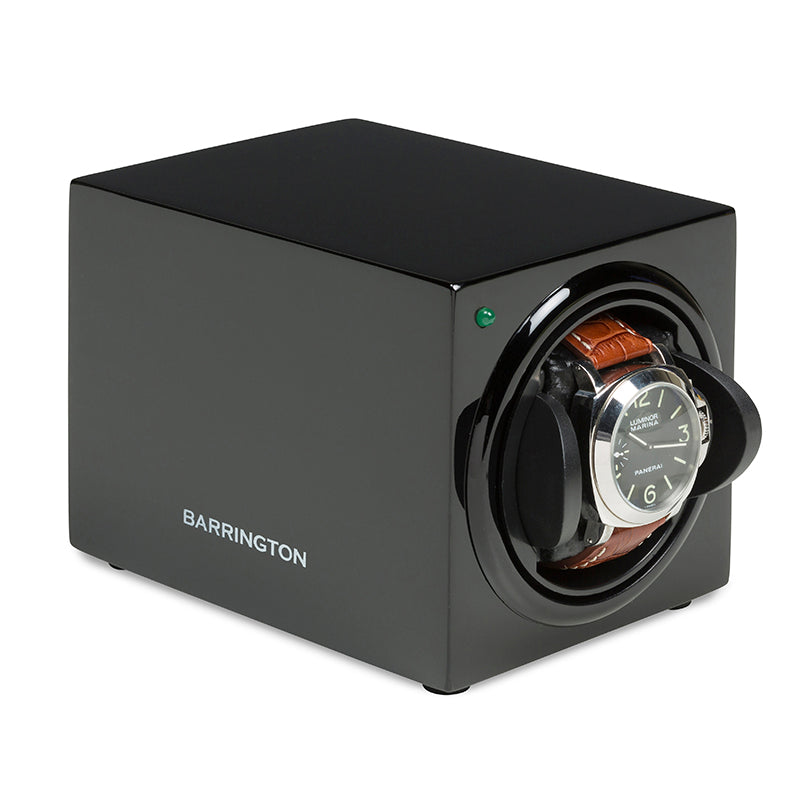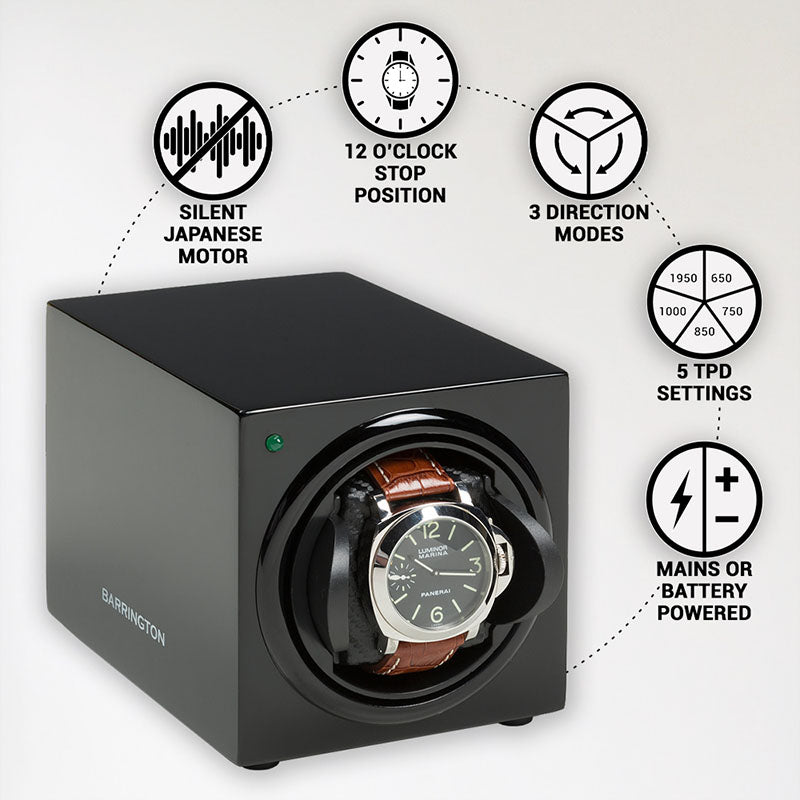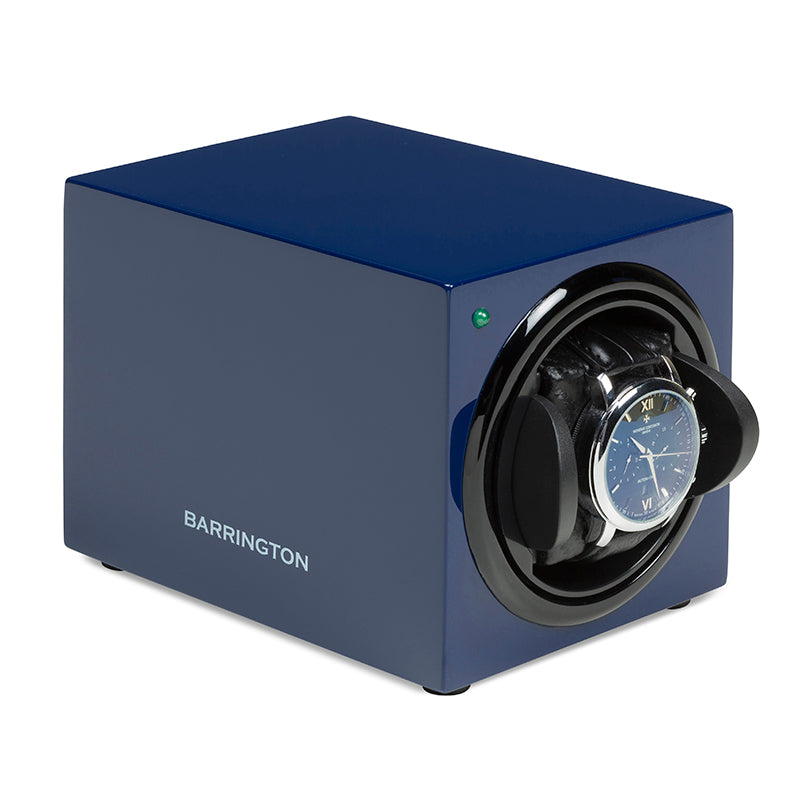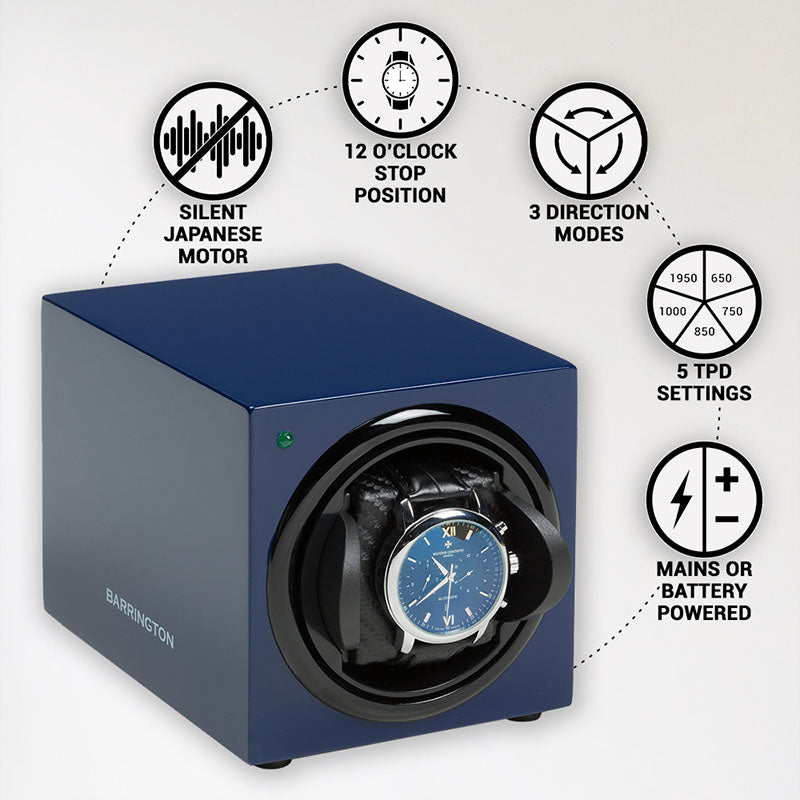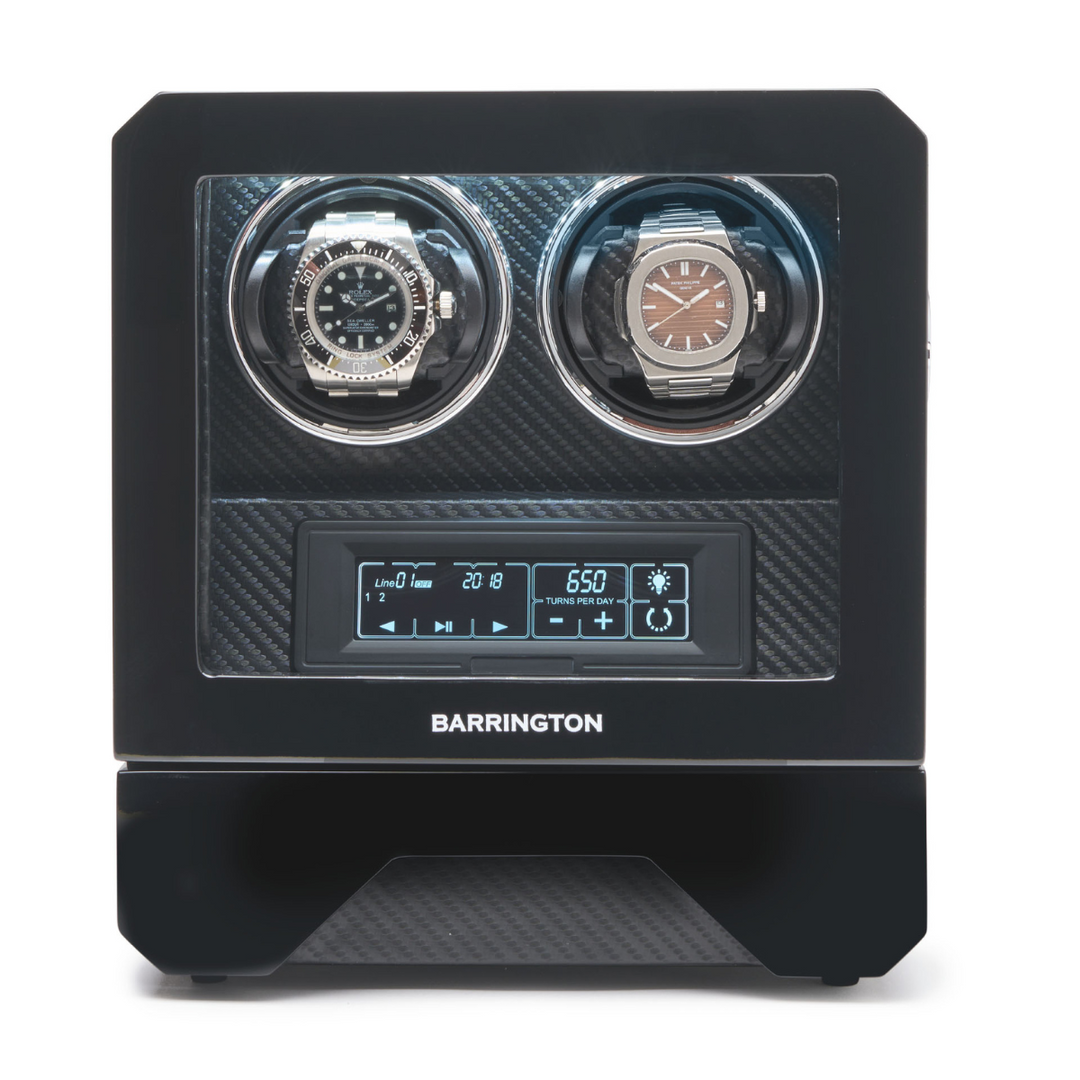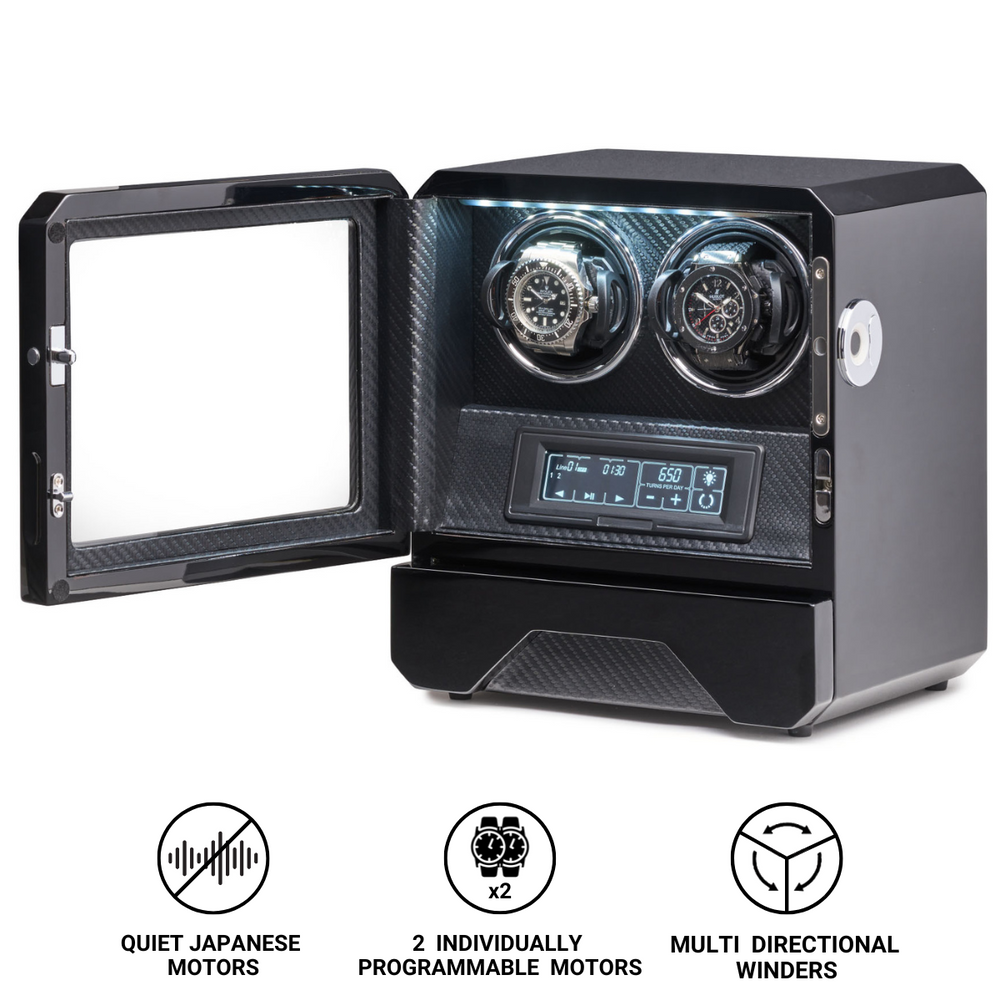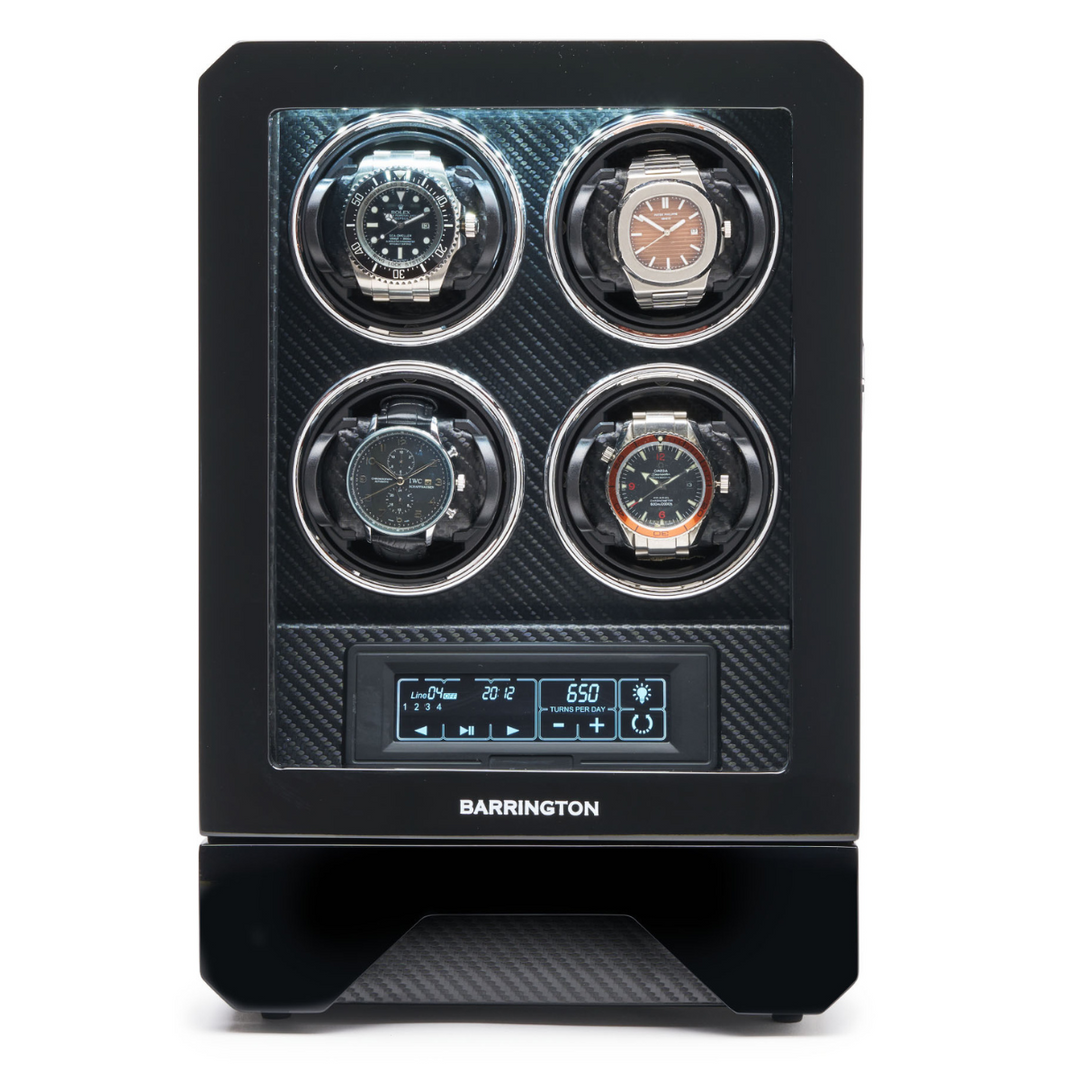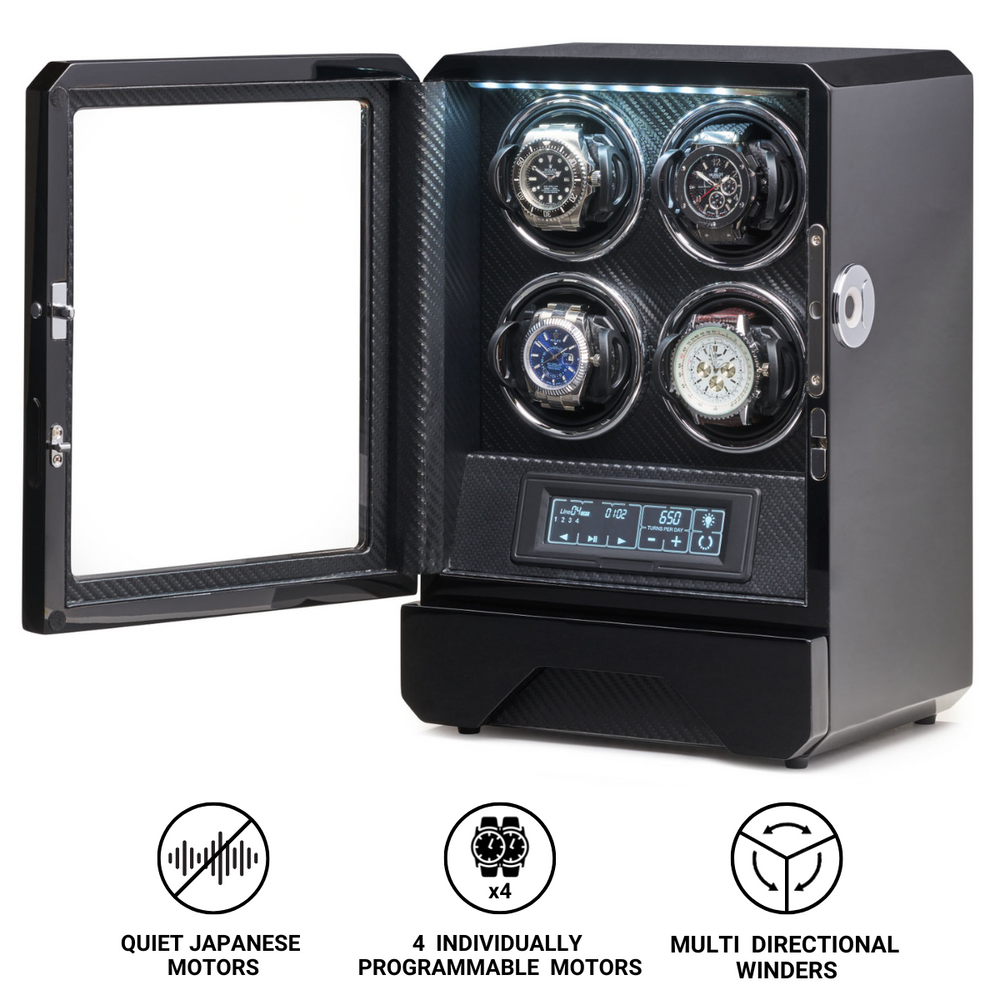COSC to Launch Super-COSC: A New Testing Standard Reflecting Real-World Wear
For the first time since 1976, the Swiss Official Chronometer Testing Institute (COSC) is preparing to expand its certification framework. Set to launch in mid-2026, the new protocol — named Super-COSC — is designed to bring chronometric testing closer to the real conditions under which mechanical watches are worn. The announcement marks a significant evolution in Swiss chronometry and responds to shifting expectations from both manufacturers and consumers.
The Limitations of Laboratory Testing
COSC has long certified chronometer movements in accordance with ISO 3159, a standard introduced in the mid-1970s. The current test protocol runs over 15 consecutive days, evaluating uncased movements in five positions and three temperatures, with daily rate deviations required to stay within -4 to +6 seconds. The tests are conducted in tightly controlled environments, free from variables such as shock, magnetic fields, or physical motion.
While this approach offers consistency, it no longer reflects the complexity of modern wristwatch use. Wearers today face daily exposure to magnetic fields, temperature fluctuations, vibration from transit and exercise, and inconsistent wrist orientation — none of which are addressed in the existing COSC tests.
In recent years, this gap has led several manufacturers to introduce their own in-house testing frameworks. Notably, Omega’s METAS-certified Master Chronometer standard includes resistance to 15,000 gauss, cased watch testing, and performance checks across multiple real-world variables. Rolex’s Superlative Chronometer and Grand Seiko’s in-house standard follow similar philosophies, with broader test scopes beyond ISO benchmarks.
What Super-COSC Will Test
Super-COSC is positioned as a supplementary certification, not a replacement for ISO 3159. To qualify, movements must first pass standard COSC tests. Only then can they proceed to the Super-COSC evaluation phase, which shifts the focus from individual movements to complete, assembled watches.
According to publicly confirmed details, Super-COSC will include the following categories of testing:
-
Semi-dynamic and dynamic testing: simulating regular movement of the wrist in different positions, to assess rate stability under kinetic conditions.
-
Magnetic field resistance: moderate field exposure consistent with everyday sources such as smartphone speakers, laptop covers, and handbag clasps (typically 60–200 gauss).
-
Power reserve validation: verifying whether the watch delivers its advertised autonomy (e.g. 60, 70, or 80 hours) under realistic use, rather than in static conditions.
-
Temperature variation response: confirming that the watch remains within acceptable deviation margins when transitioning between environments such as air-conditioned offices and outdoor summer heat.
At this stage, Super-COSC will not include water resistance testing, which remains the responsibility of manufacturers under ISO 22810 or ISO 6425 for dive watches. Similarly, it will not replicate extreme or shock-intensive conditions comparable to sports use or MRI environments.
A Response to Industry-Wide Pressure
The move towards real-world testing reflects broader shifts in mechanical horology. Independent and small-scale brands increasingly promote transparency and measurable performance, particularly in the luxury segment. At the same time, mainstream consumers have become more aware of specifications, aided by digital tools and comparison platforms.
COSC's initiative is therefore not just technical but reputational: it reasserts the relevance of independent third-party testing in an industry where many brands rely on their own internal protocols.
With over 1.8 million certificates issued annually, COSC remains the most widely used chronometric testing body in the world. However, the majority of its certificates are still granted to uncased movements — primarily from brands like Rolex, Breitling, Tudor, and TAG Heuer. Super-COSC may provide an avenue for smaller or high-end independent maisons to demonstrate end-user relevance and reliability with transparent third-party validation.
Looking Ahead: What Super-COSC Could Change
Once launched in 2026, Super-COSC may affect how brands communicate performance. Marketing language based solely on static tolerance ranges could evolve towards validated operational behaviour, such as sustained accuracy across multiple environments or consistency of power reserve during active use.
Collectors and retailers alike could benefit from a more nuanced understanding of chronometry — one where watches are judged not just in sterile labs but in proximity to the conditions of modern life.
If successful, Super-COSC could set a new industry reference: not a replacement for ISO 3159, but an evolutionary layer — one that reflects how watches are actually worn, not just how they perform on the bench.


